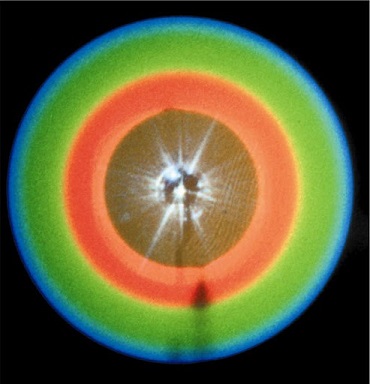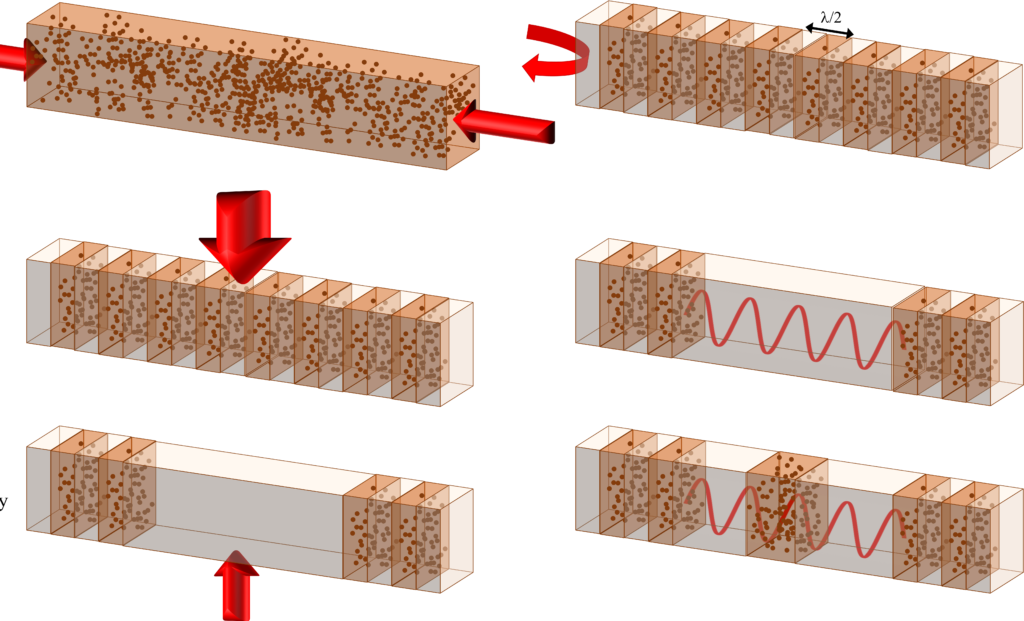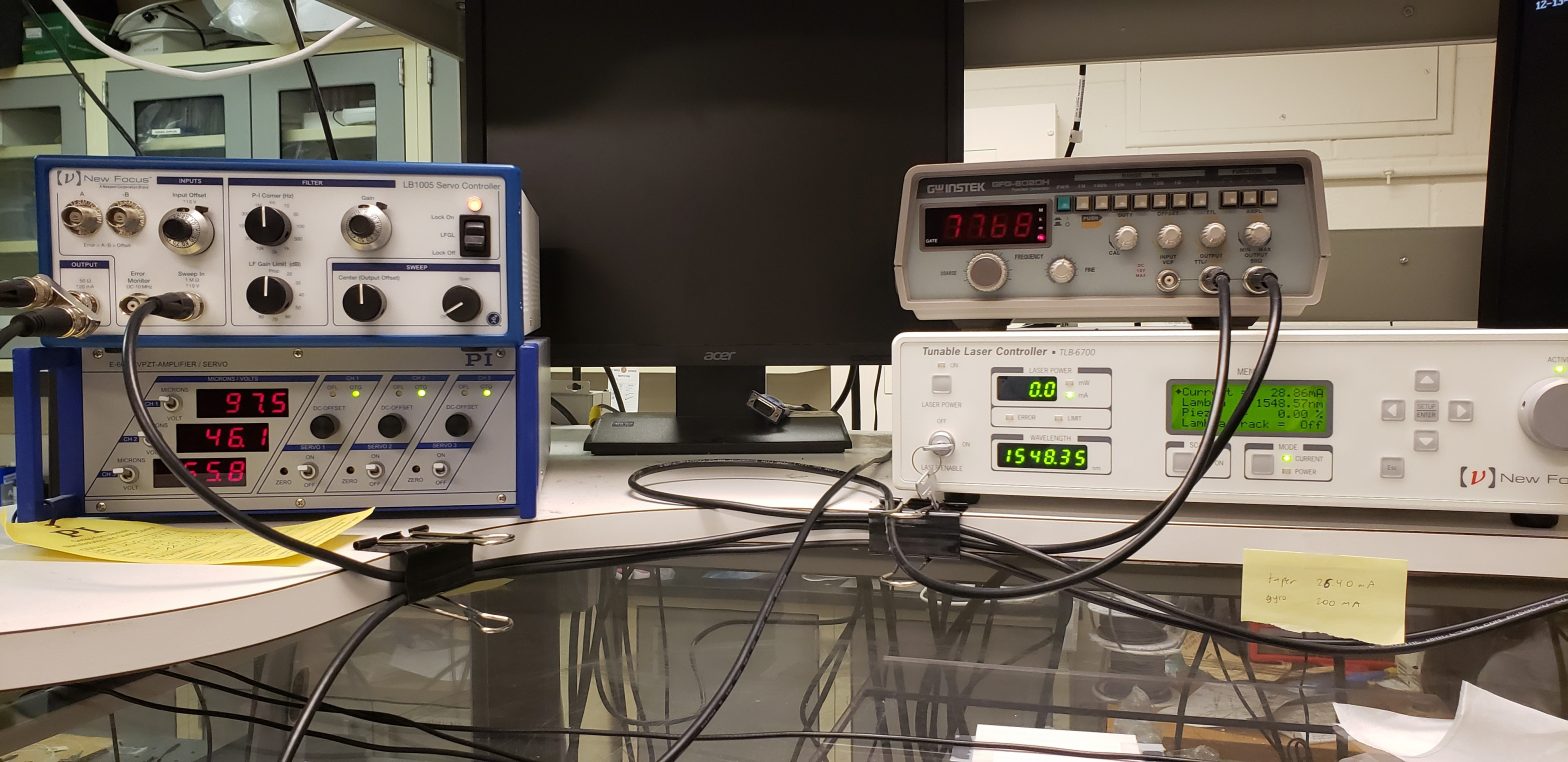The goal of our lab is to to use photons for quantum information processing. To achieve this we have experiments to investigate the generation, storage, characterization, and manipulation of light suitable for quantum information applications. We study quantum light-matter interactions with atom-like emitters in solids, in particular rare-earth atoms that have excellent coherence properties. We are investigating quantum memory and single photon storage in solid-state rare-earth atom ensembles, including new materials to push toward the possibility of long-lived, efficient, solid-state quantum memory. Another project involves coupling rare-earth atoms to resonator structures to be used as sources of single photons and spin-photon entanglement. Finally, additional projects focus on generating, characterizing, and using photon pairs for quantum information tasks.

Rare-earth atoms coupled to microsphere resonators
Rare-earth atoms have a number of benefits for various photonic quantum information tasks including their long coherence times, ability to be hosted in a wide range of materials, and lack of spectral diffusion and non-radiative decay. However, their weak optical transitions mean that there is a large advantage to be gained by coupling to optical resonators. We focus on efficient extraction of light from these highly coherent atom-like emitters and fabricate silica microsphere whispering gallery mode resonators with embedded rare-earth atoms. On the right is an image of one such resonator. Our goal is to use a single atom coupled to the resonator as an efficient source of single photons that can be entangled with the highly coherent internal state of the atom.

Quantum memory with rare-earth ensembles
Efficient, long-lived single photon storage in a solid-state platform would enable a variety of optical quantum information tasks including building quantum repeaters and making effective on chip delays. Ensembles of rare-earth atoms are an ideal platform for this due to their excellent coherence properties and large optical densities. However, to date it has proven challenging to simultaneously use the long-lived hyperfine spin transition and the large optical depth in these systems. We are addressing this problem on two fronts: we are investigating new techniques to optically pump materials with resolved hyperfine transitions, and investigating new materials with sufficiently reduced optical inhomogeneity to resolve typically unresolvable hyperfine transitions.

Multimode quantum optics
Photons and other optical states are an exciting potential platform for quantum information processing due to their room temperature operation, near-perfect coherence, ease of encoding and massive scalability. However, the lack of a native interaction for entangling operations and the ubiquity of optical losses are two major challenges to overcome. We will make use of the natural spatially multimode nature of photon pair generation to scale up photonic quantum information protocols in free space where losses can be minimized. We will generate effective nonlinear interactions between the photons via projective-measurements in real space to build up quantum information processing systems.

Dynamically reconfigurable optical structures
Spectral hole-burning in rare-earth ensembles allows optical preparation of structures with complex spectral and spatial features that persist for seconds or longer. We are using this to develop a platform for reconfigurable, and dynamically switchable, atom-based mirrors and resonators coupled with highly coherent atomic ensembles in the same system.
